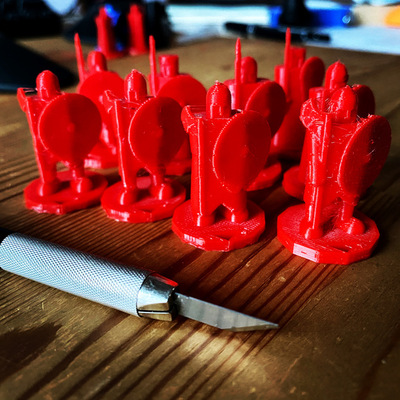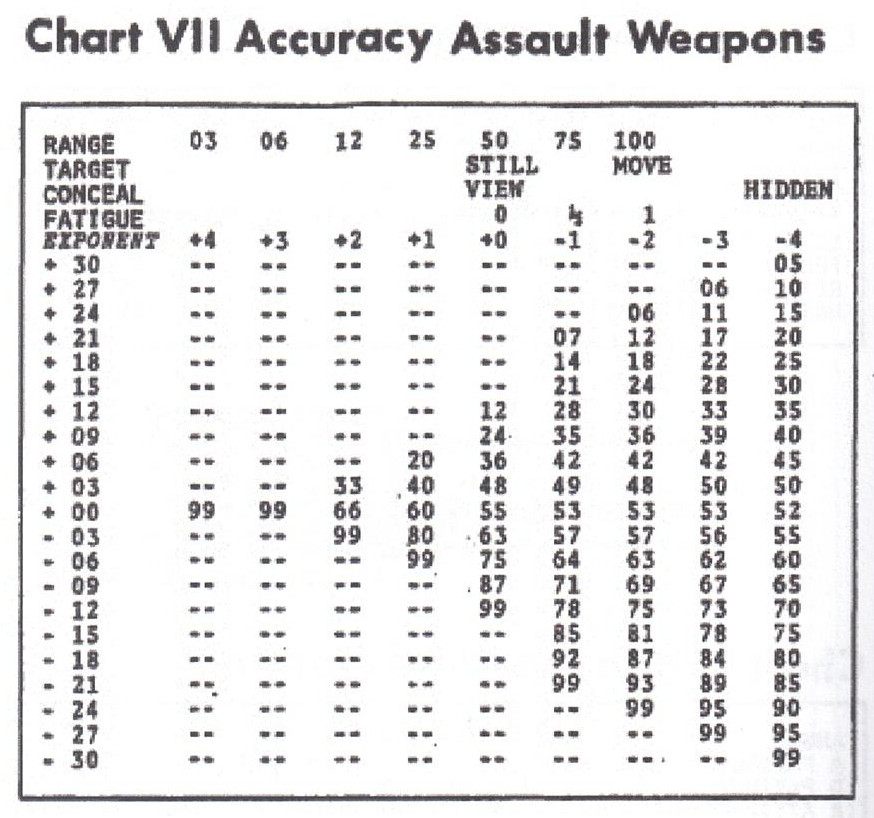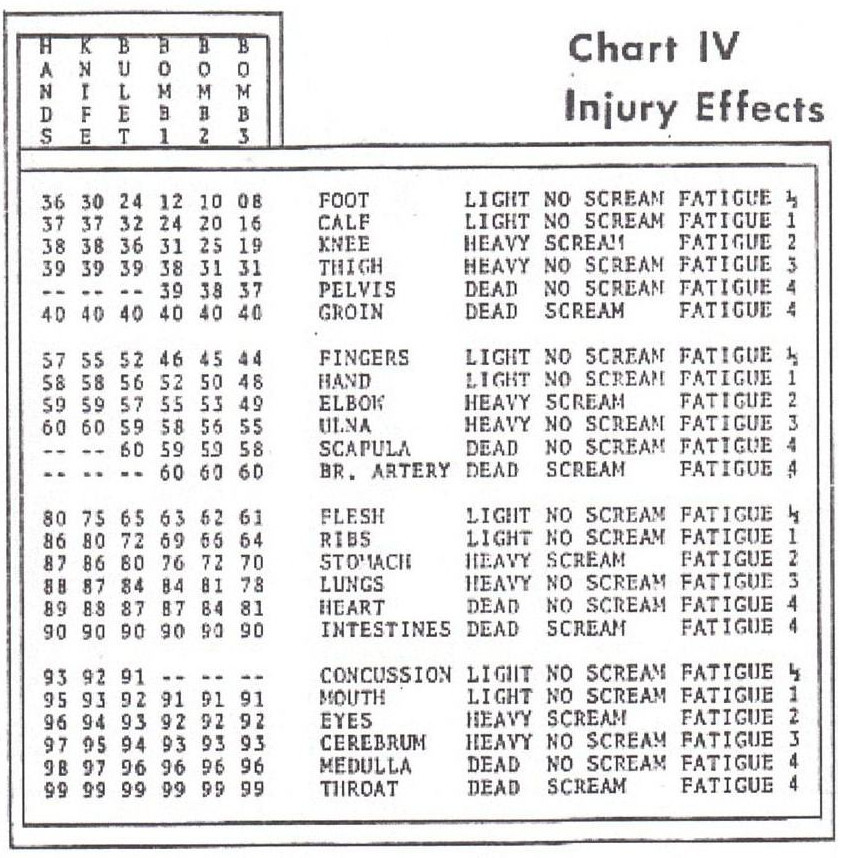
|
Korns 1966 |
| 2022-02-15 |
Korns 1966

The "How to Play" chapter of The Elusive Shift has this passage, which I like very much:
The Cambridge University Student Sandy Eisen described in the beginning of 1975 his own introduction to D&D: "I found the first few games intensely enjoyable and exciting; I really lived the part and my 'willing suspension of disbelief' found myself there — in the dungeon. My actions (and of course my thoughts about these actions) were dictated by real-life considerations and no thought of wargame mechanics entered my head to distract me from the 'events' going on".
But, for Eisen, eventually learning the game system was a source of acute disappointment. "Inevitably when you are aware of the rules, you play out each situation with an eye to obtaining best odds/chances for survival, etc., considering the rules rather than the situation you are in." In fact, Eisen felt that it impaired his experience of the game so much that he vowed, "To avoid this I have decided that when I design and run my own dungeon I will not permit the players (people who do not know about D&D yet) to discover the rules. (...)"
Happy those who discover the game. The quote above is preceded by another quote where the players need not be familiar with the rules. It points to Michael Korns' work. In fact, the beginning of The Elusive Shift points to Michael Korns repeatedly and it is easy to understand why.
The core idea of the referee reached D&D through other intermediaries as well, of which Michael Korns's Modern War in Miniature (1966) is probably the most important. The referees, or "judges", of Korns's wargames "are the only ones who need to be familiar with the rules. The players only give orders as they would in actual combat." But "orders" in this case included verbalizing the actions that a player wanted his personal soldier to take. Korns thus structured his game around a dialogue between the referee and the player.

I found the rules of Michael Korns in print in More Wargaming Pioneers edited by John Curry who is also the author of A Practical Guide to Medieval Warfare.
Michael Korns' rules were published initially as Modern War in Miniature in 1966 with combat determined by probabilities defined in various equations. It was revised and reprinted in 1972 as Small Unit Tactical Combat, with the equations translated to probability tables to simplify the referee's work.
John Curry, in his presentation of Michael Korns' work, writes:
Gary Gygax openly credited Tony Bath in his Chainmail rules that were to develop into the global phenomena of Dungeons and Dragons, but what is not clear is what influence that Korns rules had, if any. Korns games seems to be played out in a way reminiscent of a fantasy adventure, but there were major differences between it and the early roleplaying games. Korns games were normally against another player, not just the umpire. (...) What was similar to Dungeons and Dragons was the exploring nature of both games, with characters only being told what their table top figure could see or hear.
In the absence of evidence in the form of written material in the early game fanzines or oral testimony from the early wargames all that can be said is the Korns game was being played in the two cities in America where Dungeons and Dragons developed. Beyond that, the connection between Korns innovative rules and the development of roleplaying is currently merely speculation, an intriguing possibility.
Michael Korns wrote in his SUTC introduction:
It should be remarked upon at this point that the game of SUTC requires almost no knowledge of the rules by the two opponents; indeed, these opponents are encouraged to act more or less as they would naturally. The brunt of the rule learning falls on the referee, who is required to perform the functions of the computer by simulating all action between the players.
John Curry also includes a short interview of Ned Zuparko who used the SUTC rules in his wargaming group and reported, among other anecdotes:
Once in college, we had a game where a player (unknown to him) played against nobody for an hour... and lost! He was a tank commander ordered to get across the tabletop to the other side in some amount of time. In this type of hidden-movement game paranoia can really take hold. He was halting every few yards to fire into scary-looking treetops. (...)
Ned Zuparko also tells about Michael Korns:
The SUTC is a sort of 'second edition' in 1972 when his previous booklets were combined into one, and some additional statistics included. He actually purchased a printing press to produce the rules. He was a smart, interesting guy, but a little offbeat.
There isn't much more to learn about this man, as John curry summarizes:
Some time shortly after the 1972 edition of the rules was published, Michael Korns left the area where in lived in the United States and his friends did not hear from him again.
I found the Eisen quote fascinating and it reminded me of when I first experienced the game and realized "anything can be attempted". Then Korns and his game of immersion at almost 1:1 level felt intriguing.
The Elusive Shift is a great read so far and I hope it will yield other gems like those Korns rules.
and no thought of (war)game mechanics entered my head to distract me from the 'events' going on
